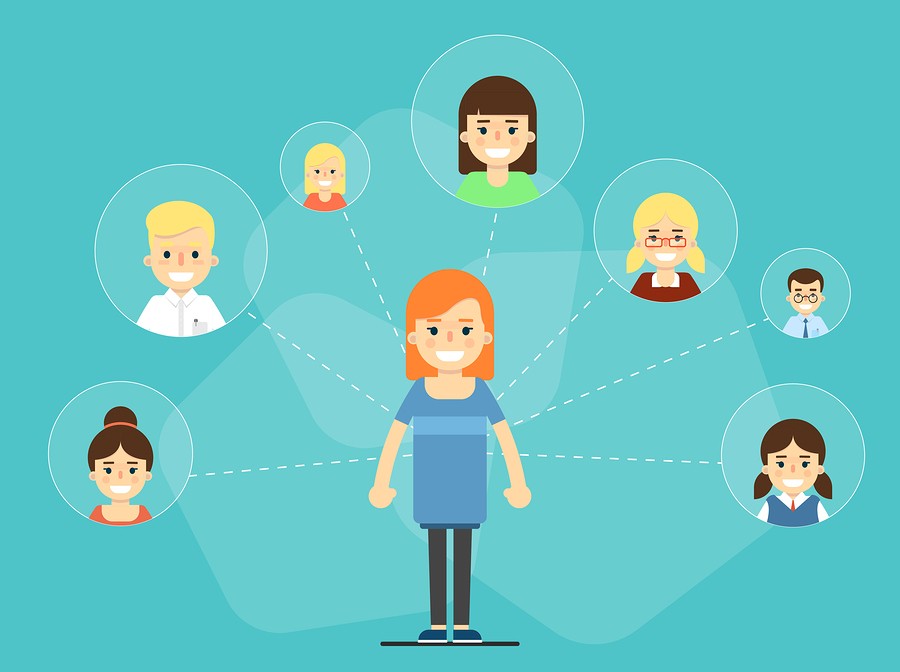
Finding the Most Effective Peer Influencers Using Computer Simulations
Young people often look at others to determine how they want to behave. That’s why it is important to involve “peer influencers” in interventions that promote a healthy lifestyle. A study in the Journal of Medical Internet Research simulated what would happen when different types of peer influencers are asked to promote physical activity in the classroom — so-called social network interventions. The simulations predict that teens with a central position in the social network will be most influential.
Take aways
- Computational models that simulate social network interventions can help to predict and compare the effectiveness of different intervention scenarios.
- Strategically selecting peer influencers — that is, targeting the teens who have a central role in the social network — will be most successful in changing the healthy behaviors of their peers.
- More specifically, peer influencers who are the most popular in the class or who get along with all other classmates, will be most successful in changing the behaviors of classmates.
Study information
Who?
460 participants (mean age: 11, age range: 8-16, 53% male)
Where?
The Netherlands
How?
This study was part of the MyMovez project, which was funded by the European Research Council.
The researchers used existing data from the MyMovez project to observe the effect that teens have on their peers and to map their social networks. Based on these data, the researchers created a computational simulation model to predict how teens can influence physical activity. Then, the researchers created various intervention scenarios by giving different selections of teens an artificial increase in their physical activity. For these different scenarios, the researchers simulated what would happen with the physical activity of classmates over a one-year time period.
Facts and findings
- The simulations predicted that teens would be more physically active when a social network intervention was carried out in their class.
- Strategically selecting peer influencers will have more impact than just targeting teens randomly.
- The simulations predicted that social network interventions would be most effective when the peer influencers were selected based on popularity or on how well they get along with all other classmates.
- Social network interventions will work better in classrooms with only one or a small number of popular teens, than in classrooms with many popular teens.